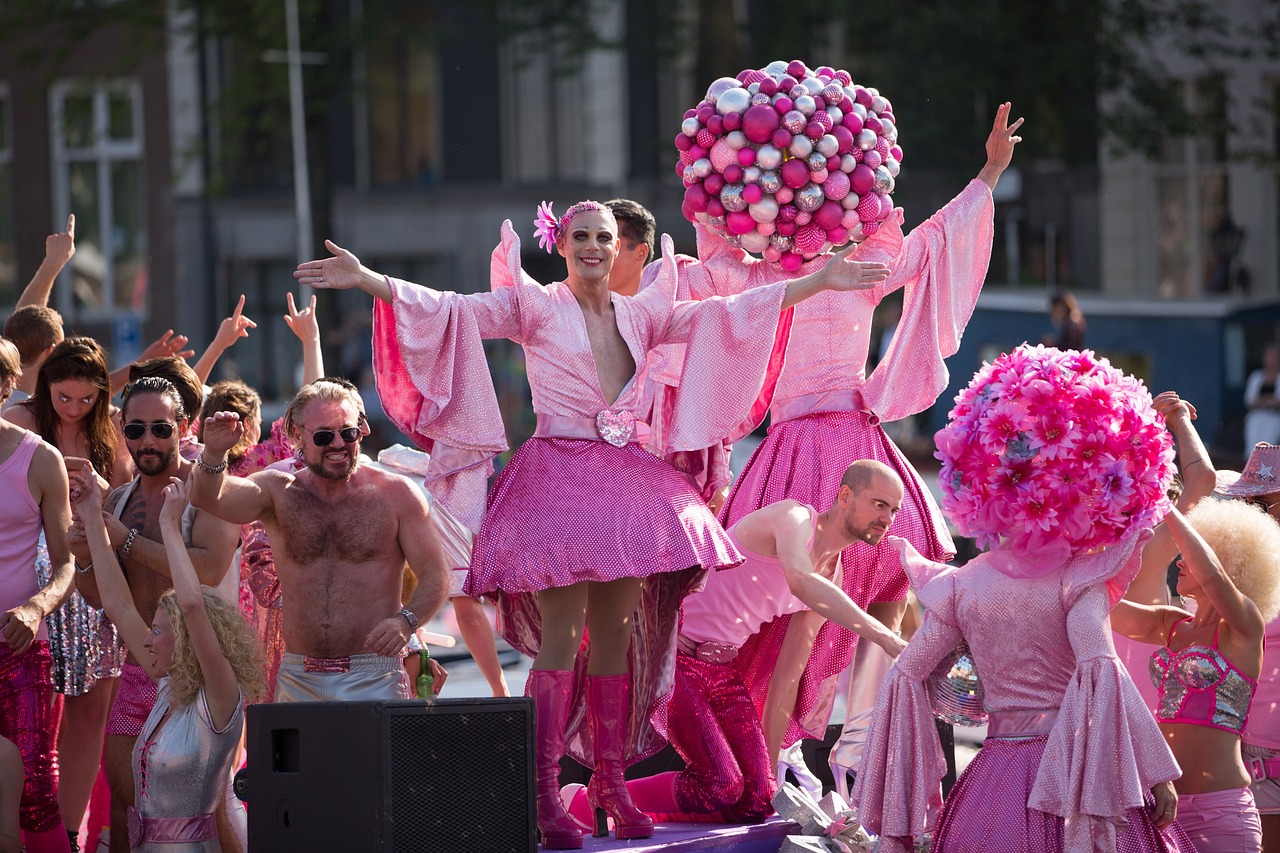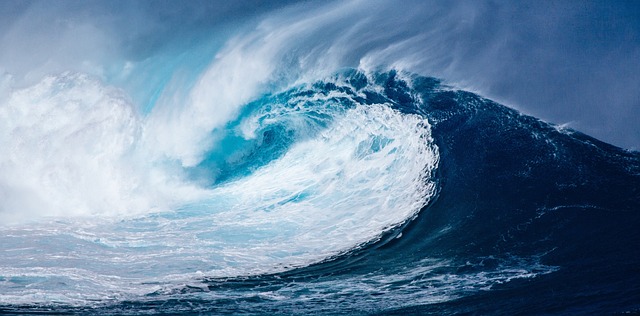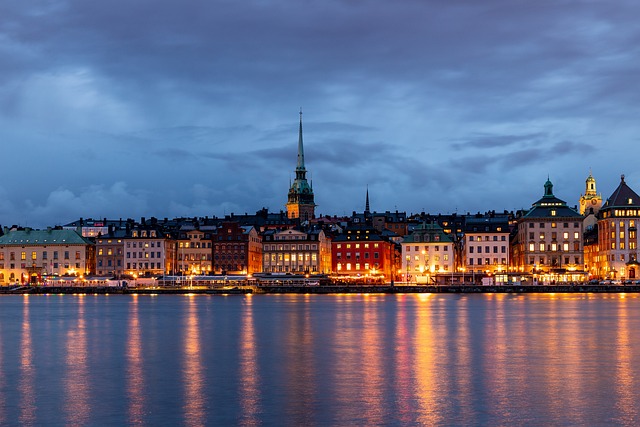 In recent years we have been haunted by eight global cyclical media mass movements. I refer to David Strömberg’s excellent thesis and article (in Swedish), with some additions and minor modifications.
In recent years we have been haunted by eight global cyclical media mass movements. I refer to David Strömberg’s excellent thesis and article (in Swedish), with some additions and minor modifications.
The mass movements are often cyclical, lasting 6-24 months, then a new cycle follows. They have a global impact. Society is also affected beyond the media, through political decisions, demonstrations, legal repercussions, etc. They are widely covered in traditional and social media during the cycle. There is often a person (or a few people) at the centre of the cycle’s narrative who can be either good or bad. Popular movements are formed, engaging people both online and offline. There is a clear direction, it is easy to perceive whether to be in favour or against by looking at the media image of the phenomenon. The popular movements that are formed also follow this direction. And there is an underlying narrative from which each cycle emerges.
Refugees welcome / migrant crisis (2015)
The migrant crisis took off when a dead refugee boy washed up on a beach in Turkey, causing a social media backlash, and now all migrants would be welcomed in all countries. Open borders was a buzzword.
Donald Trump (2016)
The Trump story was about formerly successful and popular property tycoon Donald Trump, who was portrayed as evil incarnate after he ran for president and won.
Metoo (2017)
Metoo began with actress Alyssa Milano, who asked all women who had been sexually assaulted to reply to her tweet with the words #metoo, to draw attention to the extent of sexual harassment against women. Film producer Harvey Weinstein, who used his position for sexual favours, became one of the leading figures. Unfortunately, it all got out of hand, and soon a hand on the thigh or a glance was enough to result in #metoo, which is a mockery of all the women who have suffered real violence. And a vicious weapon against all the men who have done nothing.
Greta Thunberg (2019)
The then 16-year-old Greta Thunberg took the world by storm, creating religious hysteria around the so-called climate issue.
Pandemic / vaccine / Fauci (2020)
Reactions to the virus outbreak were extremely exaggerated, forcing people into isolation and mandating mass vaccination with preparations that had not undergone the usual control and evaluation.
Black lives matter / George Floyd (2020)
The BLM movement was about riots, vandalism, theft and violence after black drug addict and criminal George Floyd was killed by a white police officer. Defund the police was a slogan that was taken very seriously. Many well-known companies supported BLM with large sums of money.
Ukraine / Zelenskyj / Putin (2022)
As the Ukrainian crisis unfolded in the country, first described as a corrupt shithole with eight years of terror-bombing of Donbass, and then elevated to the skies. And the actor president Zelenskyj graciously received state visits from both the modern nobility (artists) and real politicians. Putin was just as bad, of course, but that didn’t really excuse the hysterical flag-waving or the global military intervention in a limited local conflict, which probably could have been resolved through negotiations.
Mass movements are based on the mental rush of the herd. Things are turned upside down. They challenge our senses and sometimes reason. Often it degenerates, or turns into something bad. Once the hysteria is over, people often don’t want to reflect on it and move on to the next phenomenon. It can also go completely wrong, such as when Swedish politician Sara Skyttedal accuses someone of putting his and on her thigh eight years ago. But the #metoo cykel is over, and she herself risks ending up in a bad light. The timing is important.
Trans (2023)
Let’s concentrate on the new movement about transsexuals. The story begins with the idea of being ‘born in the wrong body’, often a man who actually perceives himself as a woman, and the subsequent struggle to complete the gender transition.
Transsexuals receive an unprecedented amount of media coverage, and all kinds of discussions are generated around the issue. These include the rights of transsexuals, transsexuals reading stories to children in public libraries, and the possibility of minors undergoing gender reassignment surgery. And in the world of sport, we have men who have had gender reassignment surgery and compete against women. We also see transsexuals carrying out so-called school shootings in the US, without much discussion of the mental health aspect.
One of the central figures in the movement is Dylan Mulvaney, a 27-year-old man who plays an 11-year-old girl. He mimics the female pubertal stage with clothes, facial expressions and body language. And he has been hired to advertise the global beer brand Budwesier.
The difference with the other mass movements is that this one may not be as extensive or intrusive. On the other hand, it is widely discussed in social and traditional media, and it is easy to know whether to be in favour or against. And this often stems from the previous mass movements, those who were in favour of BLM are also in favour of trans, etc. Even cautious statements about not performing gender reassignment surgery before the age of 18, for legal, mental and developmental reasons, can result in great hatred from the initiated mob. This has happened to Harry Potter author J K Rowling and a few others. In this way, this movement is possibly the most extreme, and most mentally challenging, although it is not as widespread as the others, and may not affect the physical world as much. On the other hand, it may not have reached its peak yet. Or could it be that the mass movement phenomenon is waning?







